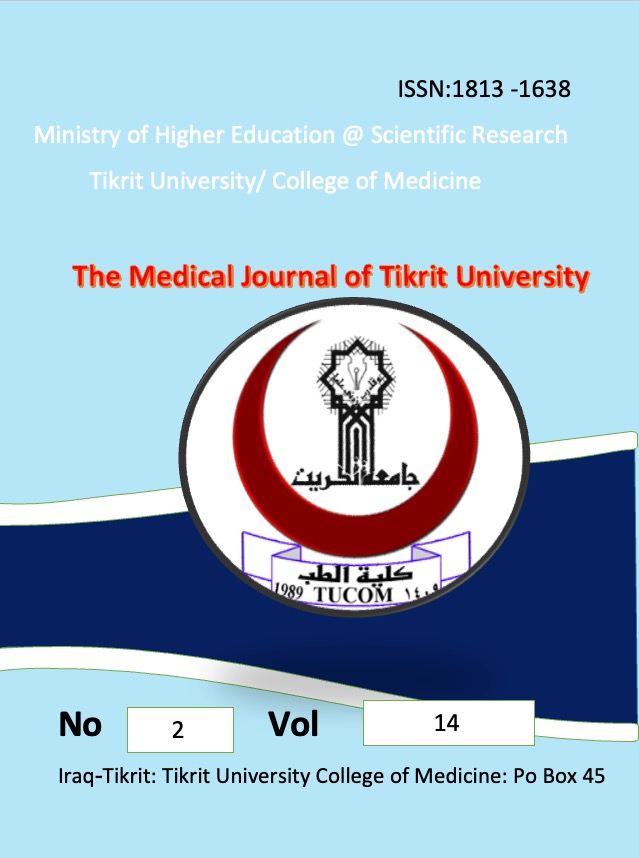Calcaneal spur: A study of 500 cases in Erbil
Abstract
The present study was undertaken to determine the epidemiological and clinical characteristics, risk factors, treatment and outcome of 500 patients with calcaeneal spur seen at one community teaching hospitals serving a single district with a population of 1500 000 inhabitants. The study was done over a 3-years period from May 2005 to May 2008 (36months) in Erbil Governorate, Iraq. The patients were fulfilling specific criteria and treated with a combination of non steroidal anti-inflammatory drugs, physiotherapy (wax baths, Ultrasound, stretching exercises) and change of footwear habits. The patients were followed up until the complete disappearance of their complaints. The study found that the incidence were increased with female gender, age, flat shoes, unfit shoes, the physical activity play significant role in spur formation. The largest number of the patients (47%) was in the age group of 21-40 years. These findings support the theory that plantar calcaneal spurs may be an adaptive response to longitudinal traction of the heel rather than vertical compression at the calcaneal enthesis. The present study conclude that Shoes type is very important, and should fit well and provide ample cushioning and support throughout the heel, arch, and ball of the foot so that weight is distributed evenly throughout the foot (a raised heel and arch support). As with other types of heel pain, a heel spur can be treated with conservative treatment methods which are simple, cheaper, less side effect.





